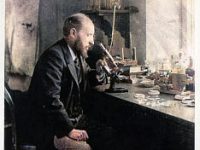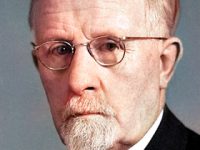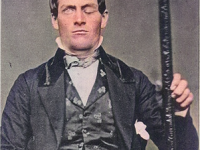Santiago Ramón y Cajal and the Microscopic Structure of the Brain
On May 1, 1852, Spanish pathologist, histologist, neuroscientist, and Nobel laureate Santiago Ramón y Cajal was born. Cajal’s original pioneering investigations of the microscopic structure of the brain have led to his being designated by many as the father of modern neuroscience. His medical artistry was legendary, and hundreds of his drawings illustrating the delicate arborizations of brain cells are still in use for educational and training purposes. “Any man could, if he were so…
Read more




